Badge types
The most common badges are either woven or embroidered. We can also offer you a combination of a jacquard woven badge that has elements of embroidery. Although this is a expensive option and slightly more time consuming the end product really stands out However, at embroiderybadge.uk we also provide you with some uncommon techniques like Antique leather, laser cut layered badges and more


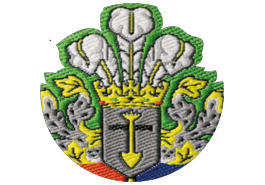
A woven badge
can offer a stunning amount of detail when compared to embroidered badge as the woven thread is much thinner then embroidery thread. The woven patches are flat to touch and about 30-50% thinner when it comes to embroidered badges. These woven badges are the first choice for most sportswear brands.

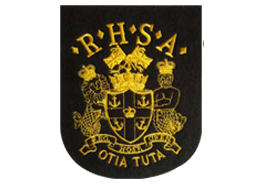

Embroidered badge
on the other hand offers a richer and more dimensional look to your design Since the embroidery threads are much thicker then woven threads and are stitched on to fabric gives a raised feel to the stitches. The fabric itself adds an extra dimension in case the design is made in a way that allows the fabric to be shown through.The most popular badge fabrics are Twill and Felt
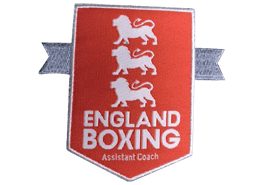
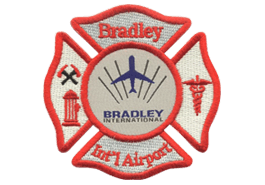
Combination badges
As the name suggests these are a “combination “of woven badges and embroidered badges The process of manufacturing such badges is very complex as the woven badge is created first and then the woven fabric is then hooped on to a embroidery machine and a part of the design is then embroidered
on to the woven logo In some cases, the woven logo is used as an applique as a part of an embroidered logo
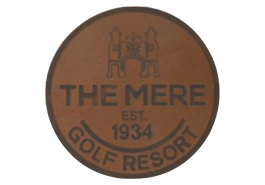


Antique leather badges
are generally Faux leather and the logo is generally laser etched on the badges Embroidered badge on the other hand offers a richer and more dimensional look to your design Since the embroidery threads are much thicker then woven threads and are stitched on to fabric gives a raised feel to the stitches. The fabric itself adds an extra dimension in case the design is made in a way that allows the fabric to be shown through. The most popular badge fabrics are Twill and Felt Due to the nature of the fabric these badges are generally Stitched on the garment
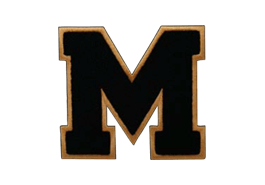
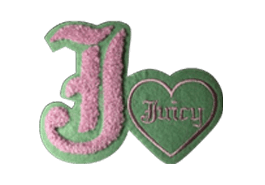
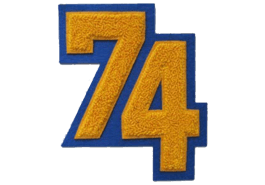
Chenille badges
are most commonly recognized on emblems and letters sewn varsity jackets. It produces a Towel loop type of effect on your logos and gives the design a retro feel. Since the chenille threads are much thicker then Embroidery thread they usually require a felt base, the felt itself adds a extra dimension to the badge Chenille badges add a huge value to the garment making it look high end.


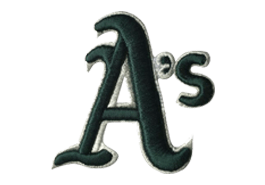
3D foam (3D Puff)
This is a technique where foam is inserted under the embroidery stitching. This results in the surface being raised or “puffed” look giving a three-dimensional appearance to your embroidery designs. The 3D foam effect is commonly used on garments that don’t require much washing and is most popular on caps

Here’s a handy guide to help you determine the best type of badge for your needs.
Woven badges
This type of badge has a design that’s “woven” along with the fabricso that it forms a part of it.Woven badges arenormally produced on a jacquard-weaving loom.
Since the design is incorporated into the fabric and the threads are thinner, this type of badge allows finer details to be used as well as very small, thin text. This also means that the badges take a bit longer to produce, since the design process is more difficult.
Woven badges are the best choice for certain types of designs:
- Small text: With embroidered badges,text must be between 10 and 14 points to be legible, whereas with woven badges, text can be as small as 7 points.
- Fine details:Since woven threadis so much thinnerand the design is produced along with the fabric, woven badges allow for much finer design details than embroidered ones.
- Smaller size:Again, with woven thread beingsubstantially thinner than embroidery thread,this type of badge can be made in a much smaller size without losing the integrity of the design.
- Flexibility:Woven badges are much thinner than embroidered badges,resulting in increased flexibility and reduced stress on garments. This makes them the preferred choice for use on sportswear.
Embroidered badges
With embroidered badges,designs aregenerally embroidered onto polyester, twill or felt. Embroidered badges have been the most common form of patches for years. Since they are made of thicker threads, there’s an additional “lift” and dimensionalitywith this type of badge.They have a classy, traditional look.However, the thicker thread used may cause detailed designs to look messy, especially with smaller badge sizes.
Pricesvarydue to the percentage of embroidery coverage on the fabricand aremainly dependent on stitch count.
Badges can be produced with iron-on backing, Velcro backing or even adhesive backing.There are different types of embroidered badges,such as 3D puff badges, those that use gold or silver metallic thread, or chenille in addition to more traditional looks.
Sublimation badges
The sublimation badge process is the same as the one used for printed polyester sportswear, swimsuits etc.:designs are transferred onto fabric using permanent ink. Badges can have a laser or hot knife edge, or even be produced with a richly embroidered edge.
This type of badge offers several advantages:
- Unlimited colours and extremely fine details are possible.
- If a customer has camera-ready artwork, the minimum order can be onepiece and setup charges are very low.
- Sublimation badges can be produced very quickly – in as little as four days.
- With sublistitch, the look of anembroidered badge can be imitated (albeit without the depth).
